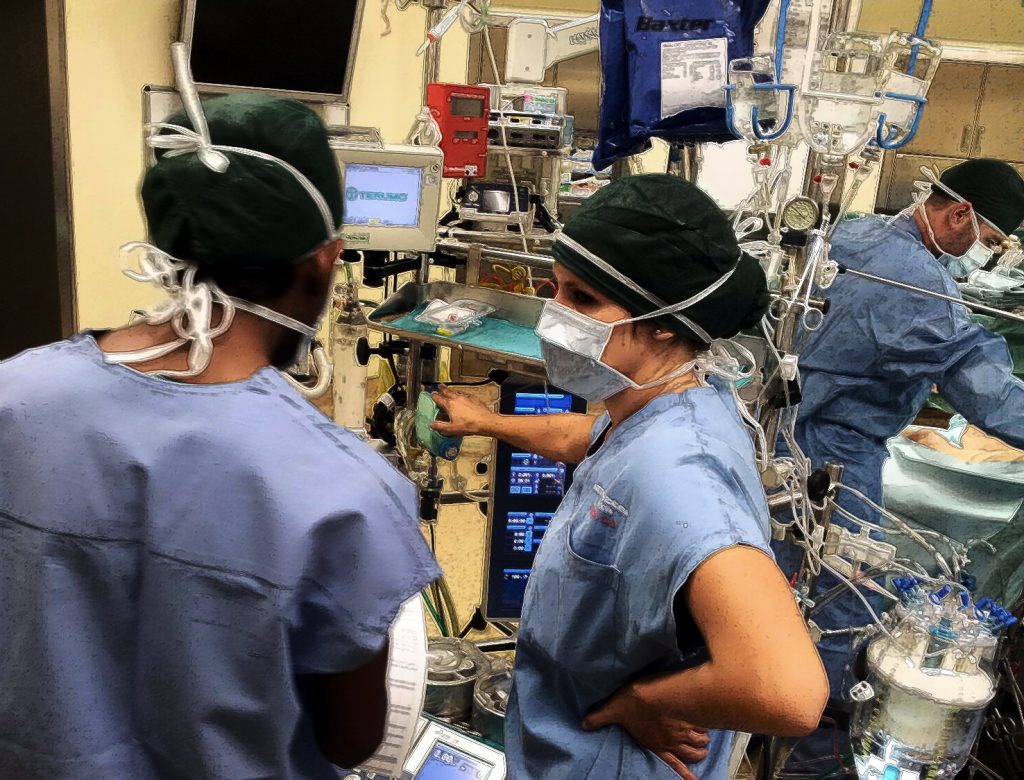Early Tracheostomy after Initiation of Venovenous Extracorporeal Membrane Oxygenation is Associated with Decreased Duration of Extracorporeal Membrane Oxygenation Support

Timing of tracheostomy placement for patients with respiratory failure requiring venovenous extracorporeal membrane oxygenation support is variable and continues to depend on surgeon preference. We retrospectively reviewed all consecutive adult patients supported with peripheral venovenous extracorporeal membrane oxygenation for acute respiratory distress syndrome at a single institution with the hypothesis that early tracheostomy (within 7 days of extracorporeal membrane oxygenation initiation) decreases the duration of extracorporeal membrane oxygenation support. The primary endpoint was duration of extracorporeal membrane oxygenation support. Secondary endpoints included mortality, overall and intensive care unit length of stay, duration of mechanical ventilation, and time from extracorporeal membrane oxygenation initiation to liberation from ventilator, intensive care unit discharge, and hospital discharge. Overall and extracorporeal membrane oxygenation–associated hospital costs were compared. A total of 50 patients were identified for inclusion (early n = 21; late n = 29). Baseline characteristics including indices of disease severity were similar between groups. Duration of extracorporeal membrane oxygenation support was significantly shorter in the early tracheostomy group (12 vs. 21 days; p = 0.005). Median extracorporeal membrane oxygenation–related costs were significantly decreased in the early tracheostomy group ($3,624 vs. $5,603, p = 0.03). Early tracheostomy placement is associated with decreased time on extracorporeal membrane oxygenation support and reduced extracorporeal membrane oxygenation–related costs in this cohort. Validation in a prospective cohort or a clinical trial is indicated.
